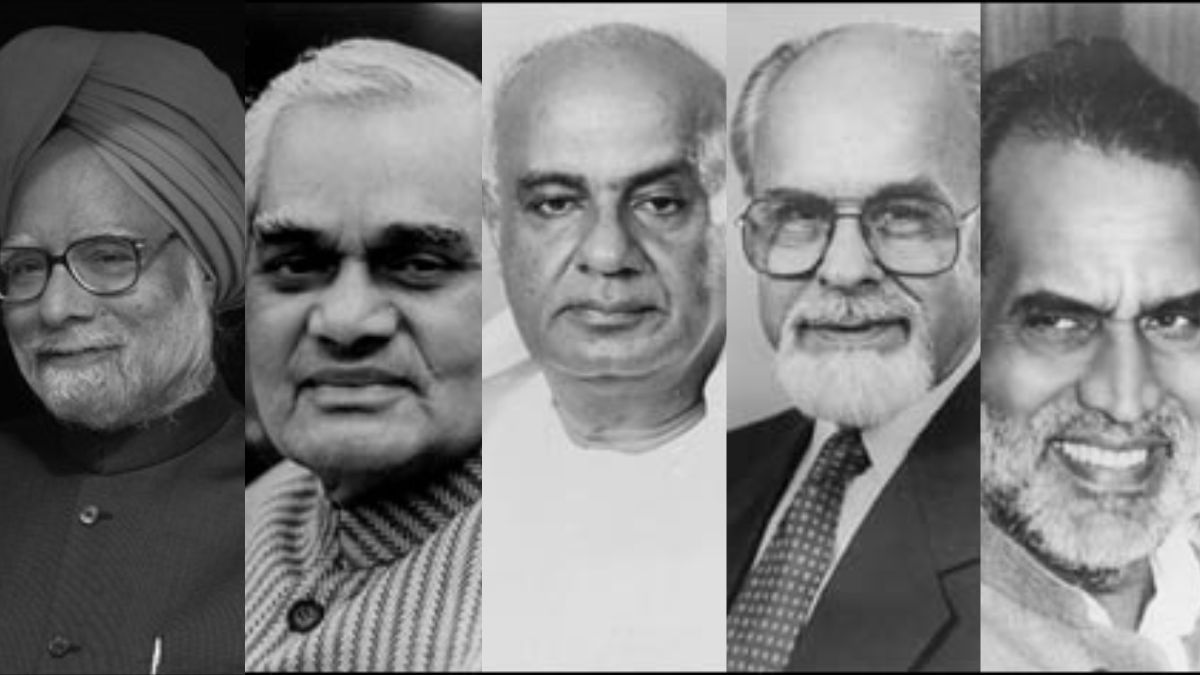The Bharatiya Janata Party (BJP), under Prime Minister Narendra Modi, lost its exclusive national majority following significant setbacks in key states, in the 2024 Lok Sabha election results.
Despite emerging as the largest single party in the Lok Sabha, India’s lower house of parliament, the BJP’s performance fell considerably short of its achievements in both 2014 and 2019. In those elections, the BJP secured clear majorities independently, holding a strong position in the 543-seat house. However, this time, it only managed to secure 240 seats, well below the halfway mark of 272 seats.
In contrast, the opposition INDIA alliance, led by the Congress party, secured 232 seats, surpassing expectations set by exit polls.
Modi’s party still retains the capacity to form India’s next government, but it will now rely on the support of a coalition of allies to reach the 272-seat threshold. Together with its allies, collectively known as the National Democratic Alliance (NDA), the BJP secured a total of 292 seats.
Also Read: Which states went the NDA way, which chose INDI alliance in the 2024 Lok Sabha election?
To form a government in the Lok Sabha, a party must secure 272 seats out of a total of 543, However, there have been instances where coalitions of parties have come to power, resulting in a prime minister from a party that won only a few seats.
We take a look at those prime ministers:
Chandra Shekhar (Janata Dal [Samajwadi]):
In the 1989 Lok Sabha elections, the Congress party, led by Rajiv Gandhi, suffered a significant setback, dropping from 404 seats in 1984 to 197. The Janata Dal ascended to power with 143 seats, supported by Left parties and the BJP from the outside. V P Singh became the prime minister, a decision that didn’t sit well with Chandra Shekhar, who believed he was more deserving of the position.
Impact Shorts
More ShortsConsequently, Chandra Shekhar, a member of Janata Dal since 1980, left the party with 64 MPs to establish the political entity Janata Dal (Samajwadi). On November 10, 1990, he formed the government with external support from the Congress. However, his tenure lasted only 223 days.
H D Deve Gowda (Janata Dal):
Following the 1996 Lok Sabha elections, the BJP emerged as the largest party with 161 seats. Atal Bihari Vajpayee was sworn in as the prime minister but resigned after about two weeks due to a lack of majority.
Subsequently, the United Front, a coalition of 13 parties including Janata Dal, which had secured 45 seats in the elections, was formed. With external support from the Congress, which had won 140 seats, the United Front came to power, and H D Deve Gowda, then Karnataka’s chief minister, was chosen for the top position. His tenure was brief as the Congress withdrew its support, leading to his replacement by another United Front/Janata Dal leader, I K Gujral.
I K Gujral (Janata Dal):
Gujral, who had served as the Minister of External Affairs in Gowda’s government, assumed the prime ministership. He had also been a member of the Rajya Sabha from Bihar and a Lok Sabha member from Punjab’s Jalandhar.
However, like his predecessor, he resigned within a year, leading to the dissolution of the 11th Lok Sabha and subsequent fresh elections.
Atal Bihari Vajpayee:
General elections were conducted in India shortly after the Kargil War. Results were announced on 6 October, 1999.
The elections witnessed the National Democratic Alliance, led by the Bharatiya Janata Party, securing a majority in the Lok Sabha with 182 seats, marking the first time since 1984 that a party or alliance had won an outright majority and the second time since the 1977 elections that a non-Congress coalition had achieved such a feat.
It also marked the third consecutive election in which the party with the highest overall vote share did not secure the most seats. These elections granted Atal Bihari Vajpayee the distinction of being the first non-Congress Prime Minister to complete a full five-year term.
The decisive outcome ended the political instability that had plagued the country since the 1996 elections, which resulted in a hung parliament. Despite the Indian National Congress increasing its vote share, its tally of 114 seats was deemed its worst-ever performance in terms of seats until the 2014 general elections.
Manmohan Singh (2004 and 2009):
In the 2004 Lok Sabha elections, the Indian National Congress, which had governed India for all but five years from independence until 1996, returned to power after an unprecedented eight-year hiatus with 145 seats. With the support of its allies, it comfortably secured a majority of more than 335 members out of 543.
This included members from both the Congress-led United Progressive Alliance, the governing coalition formed post-election, and external support from the Bahujan Samaj Party (BSP), Samajwadi Party (SP), Kerala Congress (KC), and the Left Front.
Also Read | Ayodhya shocker: BJP lost in Ram Mandir constituency of Faizabad. Here's what it means
In the face of criticism, Congress President Sonia Gandhi appointed Manmohan Singh, the 22nd Finance Minister, an economist, to lead the new government. Singh had previously served in the Congress government of Prime Minister P. V. Narasimha Rao in the early 1990s.
Congress improved its performance in the 2009 Lok Sabha elections but fell short of a single-party majority, securing 206 seats.
The United Progressive Alliance (UPA) led by Congress formed the government after securing a majority of seats, particularly strong results in Andhra Pradesh, Kerala, Maharashtra, Rajasthan, Tamil Nadu, Uttar Pradesh, and West Bengal.
Manmohan Singh became the first Prime Minister since Jawaharlal Nehru in 1962 to be re-elected after completing a full five-year term. The UPA managed to secure a comfortable majority with support from 322 out of the 543 elected members.
Also Read: The reasons for BJP to cheer, the reasons to worry
With inputs from agencies


)

)
)
)
)
)
)
)
)



